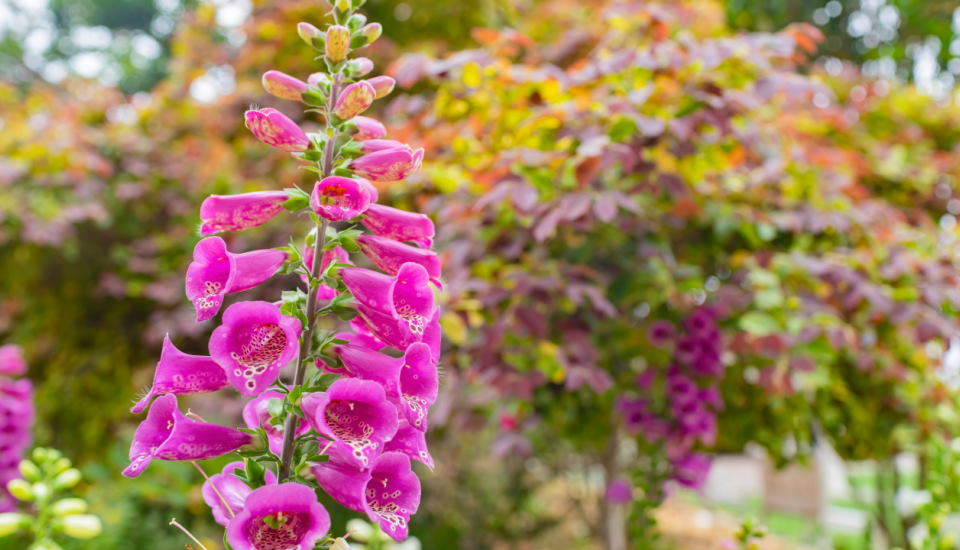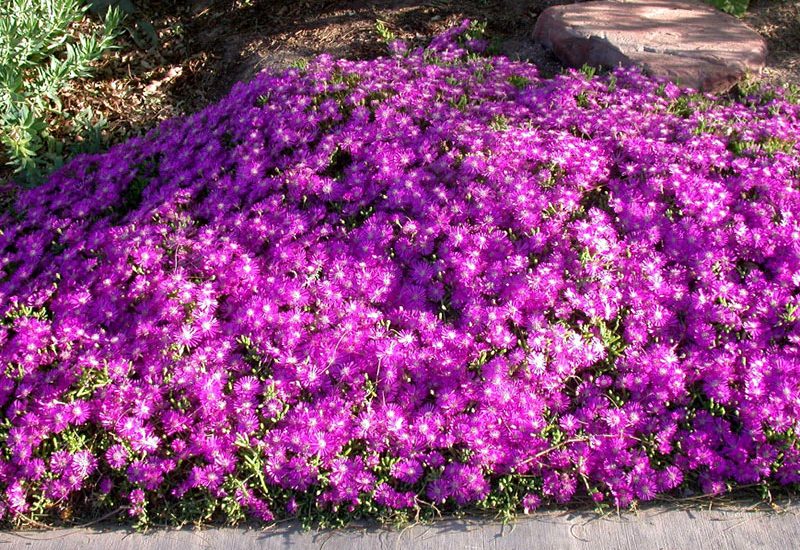Lady’s Glove (Digitalis Purpurea): How to Grow & Care
Lady’s Glove, also called Digitalis Purpurea or Common Foxglove, is a poisonous purple flower. Gardeners mostly prefer to grow it for garden beds and borders. It attracts birds and butterflies, so with Digitalis Purpurea, you can create a lovely, almost magical environment in your garden.
How To Grow And Care Digitalis Purpurea
Growing Lady’s Glove does not require many conditions and is easy to grow and take care of. Digitalis Purpurea prefers sun and daylight to shadow, so you should keep it in full or partial sun. To properly care for your Lady’s glove, you can use any type of soil that is acidic or alkaline, high in infiltration like clay or sand. The best season to grow Lady’s Glove is summer. You can grow it best in early summer or mid-summer.
People grow Digitalis Purpurea extensively in its native land, temperate Europe. When it blooms, it looks like a purple curtain in your garden. Although the leaves have a slightly foul smell, Lady’s Glove flowers do not have a distinctive scent. And the taste is described as hot and bitter, but as it is highly toxic, you must not smell or taste it.
Lady’s Glove is a highly toxic plant. Under no circumstances should it be consumed by any cat, dog, horse, bird, human, or mammal. If you accidentally touch Lady’s Glove, you should immediately wash your hands and call your doctor. Most gardeners prefer Digitalis Purpurea in their gardens because its tubular, rosy-purple flowers look beautiful.
Its care is not difficult or demanding, although aphids, leaf or bud eelworm, powdery mildew, and leaf spots should be avoided. Digitalis Purpurea aphids might be pale green, orange, or pink in color. Applying neem oil or washing your Digitalis Purpurea with pesticide soaps is the best way to deal with this problem.

Leaf eelworms or bud eelworms are parasites that feed on your Lady’s Glove. There is no chemical cure you can apply to your plants to get rid of them. So the best way to prevent its spreading is to cut and burn any area they infest on your plant. You should include the fallen leaves and stems also.
Powdery mildew can look like fuzzy patches of wet powder on the leaves. To take care of it, you can wipe the leaves of your Lady’s Glove with vinegar and water. However, you should be quick to do so because it spreads rapidly and can cover your whole plant and eventually garden in a short time.
Lastly, leaf spots look like discolored dots on the leaves, caused by contagious fungi and some insect bites. You should cut and remove unsalvageable leaves and keep the infected plant in a separate place from the others. When it is in the process of recovering, you should not get it wet.
You may also be interested in:


